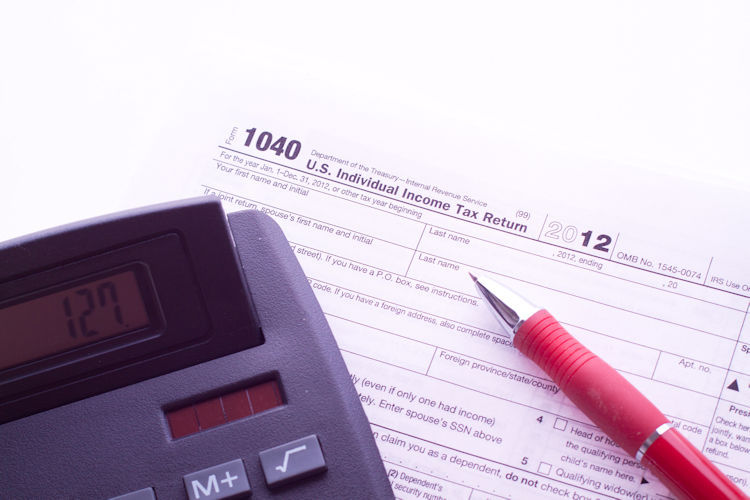Tax credits reduce tax liability dollar-for-dollar, making them particularly valuable. Two valuable credits are especially for small businesses that offer certain employee benefits. Can you claim one — or both — of them on your 2015 return?
Retirement Plan Credit
Small employers (generally those with 100 or fewer employees) that create a retirement plan may be eligible for a $500 credit per year for three years. The credit is limited to 50% of qualified startup costs.
Of course, you generally can deduct contributions you make to your employees’ accounts under the plan. And your employees enjoy the benefit of tax-advantaged retirement saving.
Small-Business Health Care Credit
The maximum credit is 50% of group health coverage premiums paid by the employer, provided it contributes at least 50% of the total premium or of a benchmark premium. For 2015, the full credit is available for employers with 10 or fewer full-time equivalent employees (FTEs) and average annual wages of $25,000 or less per employee. Partial credits are available on a sliding scale to businesses with fewer than 25 FTEs and average annual wages of less than $52,000.
To qualify for the credit, online enrollment in the Small Business Health Options Program (SHOP) generally is required. In addition, the credit can be taken for only two years, and they must be consecutive. (Credits taken before 2014 don’t count, however.)
Take All The Credits You’re Entitled To
If you’re not sure whether you’re eligible for these credits, we can help. We can also advise you on what other tax credits you might be eligible for when you file your 2015 return.










